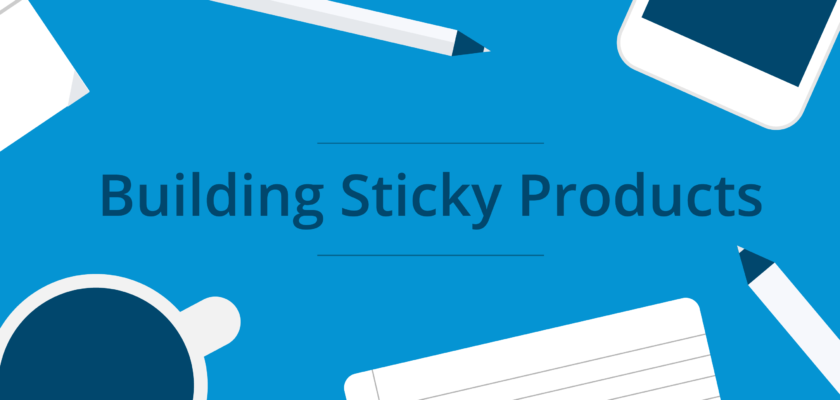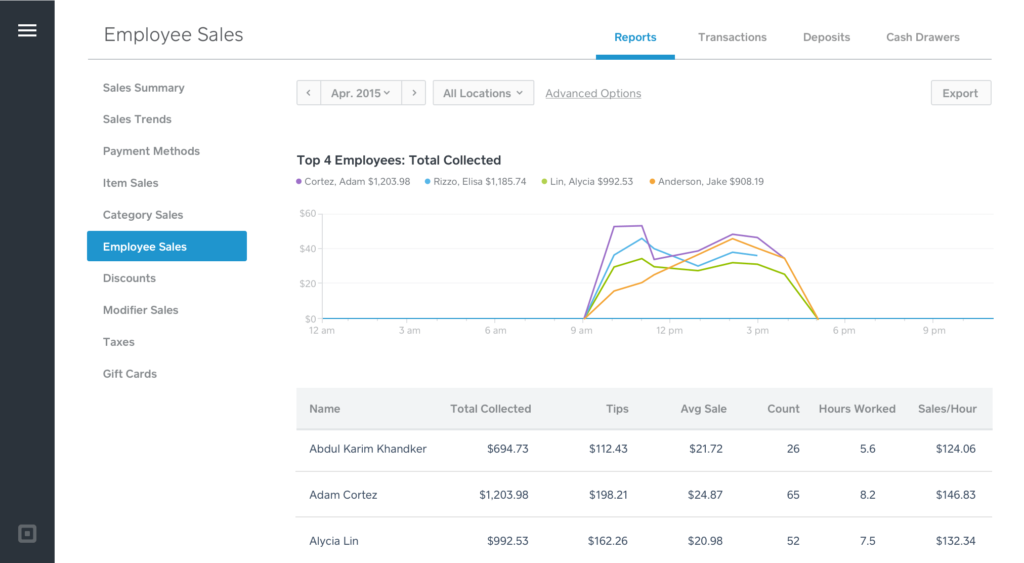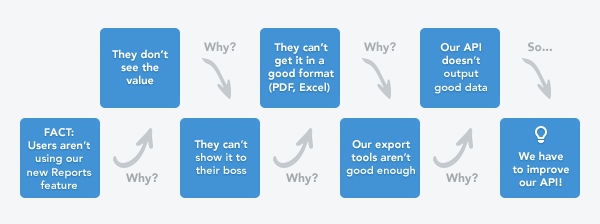Building Sticky Products: What You Need to Know

By definition, sticky products are those that pique user interest by delivering consistent value and are so engaging that users are compelled to use them regularly. Not only that, but each subsequent visit to the product lasts longer and longer.
Why is this important? The stickier the product, the higher the retention rate. Whether you have an app or a SaaS product, all products aspire to be so sticky that users can’t pull away.
If users can’t see what they stand to gain, it’s impossible for these products to gain traction. And without traction, there’s little hope for sustained long-term growth success. That’s why it’s essential to identify your product’s core stickiness, build that value into your product and support it long-term so that your users keep coming back.
By the end of this post, you should be able to:
- Understand what your users are missing. Ask the right questions to learn what problems your users are having and what solutions they are looking for. This will help you create products that are actually useful.
- Identify your core feature. This is the main functionality that users will look to your product for. Once you’ve identified it, focus on strengthening it to maintain product stickiness.
- Maintain your value with excellent customer support. Empower your users to find the information or support they need to squeeze every bit of value out of your product. Experiment with ways to add value and continue to re-engage users.
Let’s take a closer look.
Use the 5 whys to understand what your users are looking for
Even with a product-market fit, you might not see the level of engagement you want, perhaps indicated by DAU slipping slightly. Use the “5 Whys” framework to identify the underlying cause of low engagement.
The idea behind this is to understand cause and effect in order to get to the source of the issue. Start by identifying the issue at hand and ask “why” five times, with each answer building on the previous question. At the end, you’re able to identify the reason behind the issue and work to fix it.
Here’s an example:
Source: Intercom
In the case of your core feature, a process like the one above will help you figure out where to focus your attention. Often times the reason why users are slow to use a feature isn’t immediately clear. Take time to ask the right questions and dig deeper to uncover where you need to focus your attention.
Value-added products maintain stickiness
Simply put, figure out what potential users want to do and find a way to help them do it.
For example, the mobile POS tool and online invoicing app, Square, offers a selection of features to its users. The employee tracking feature creates value for small business owners by allowing them to fully integrate their employee needs within the app. Employers can track things like time cards and individual sales, so detailed tracking and reports offer long-term value for them.

Over time, as employers receive and track more data, they become more reliant on the app because the tracking feature helps them manage their business more effectively. It helps them ensure employees manage their time efficiently, meet sales goals and input data correctly.
The more data received, the better employers are able to get deeper insights to boost efficiency. With this approach, Square has become a sticky product because of the value its employee tracking feature offers users.
So, how do you create value that translates into stickiness? Here are some tips:
- Get to know your users and what they consider valuable. What problem are users trying to solve? Once you have a handle on this, adjust your product so that it focuses on solving their problem and offers the value they expect.
- Focus on communicating benefits and not features. Focus on benefits that relate to the solution you provide because this is more meaningful to users.
From here, you can increase stickiness further by doing the following:
- Don’t force actions that don’t feel natural to users. If products in your niche let users set up notifications through settings, don’t put them somewhere else in your app just for the sake of being different. It’ll only confuse users.
- Figure out core values and stick to them. This ensures that the product continues to meet a specific need even as the product grows. It reduces feature creep.
Preserve value through product support
It doesn’t matter if you have an amazing product with great features if users aren’t happy with the service. Without good service, you’ll watch the value you worked so hard to achieve, slip away.
Part of the foundation of building a sticky product is first class customer support. Offer support that doesn’t just rehash your product’s value, but instead prove that you value your users.
Wistia shows their commitment to user success through their help centre. They offer an in-depth, categorized library of resources for users to find everything they need. It includes everything from how to use their new Soapbox feature, to how to share videos and analyze subsequent views. They also offer a Slack community for users to join and connect directly with Wistia’s support team.
By offering interactive resources, Wistia shows they understand the needs of their users and the pain points they face. Users are empowered to find the information they need or contact support for more. This access to support reinforces stickiness.
Here’s how you can do that:
- Commit to solving user problems. When you say you’re going to do something, follow through on that. This serves as confirmation to users that you’re prepared to help them with any product related issues.
- Try something new. No product is ever truly perfect but instead, evolve as you learn more about your users. As you learn, don’t shy away from trying something new — but stay in line with your established product/market fit — to show users you’re listening to their needs.
- Reach out to users and ask for feedback. Users are generally ready to offer suggestions, and most are waiting for an opportunity to share their thoughts- you just need to ask!
Product stickiness, next steps
When it comes to stickiness, there’s one final thing to remember:
A product isn’t sticky if no one is talking about its brand. Sticky brands have buzz. Their customers are excited enough to talk about them publicly.
Regardless of the type of product you offer, create value and communicate it to users so that they’ll want to talk about you and share your product. The better you are at meeting their needs on a consistent basis, the more likely they are to talk about you and bolster your stickiness.
So once you’ve reached a fit, keep driving home the value you offer, incorporate that into your core feature and listen to what your users are telling you.
Editor’s note: This post is a guest post written by Cara Harshman of Amplitude. Cara manages the content strategy and editorial at Amplitude. Amplitude provides product analytics that helps companies build better products. Amplitude customers include Microsoft, PayPal, Hubspot, Autodesk, Booking.com and Twitter.

